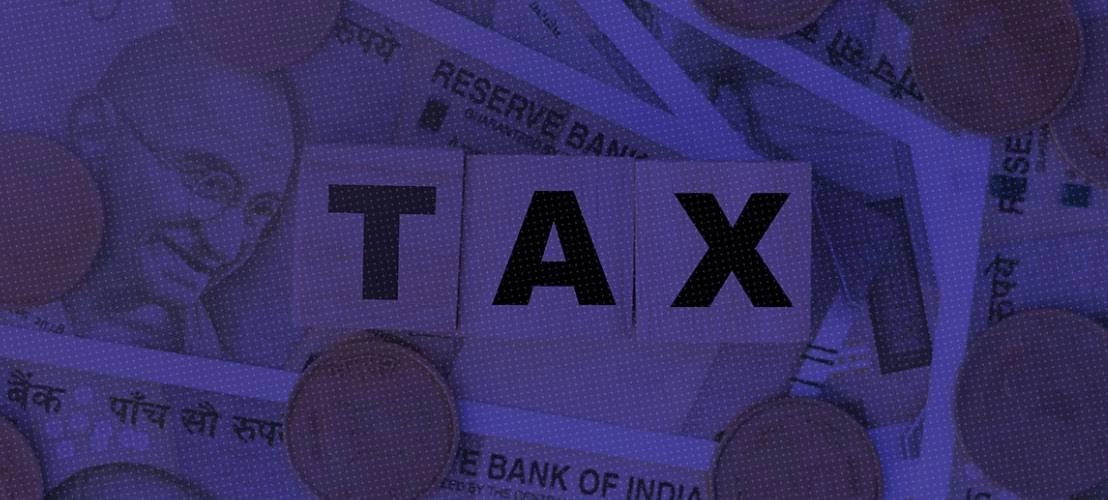In a dispute involving copyright in respect of the original drawings, the Delhi High Court has reiterated that even if the original drawings are used to industrially produce an article, they would continue to fall within the meaning of the artistic work defined under Section 2(c) of the Copyright Act, 1957 and would be entitled to the full period of copyright protection.
The High Court in Pandrol Ltd and Anr. v. Patil Rail Infrastructure Pvt. Ltd. noted that the Division Bench of the Court in the case of Microfibres Inc. v. Girdhar and Co. and Anr. [2009 SCC OnLine Del 1647] had held that an original ‘artistic work’ is different from a ‘design’ and that the original drawings/ ‘artistic work’ can lead to a ‘design’. In other words, a ‘design’ may be derived from the original drawings.
The Defendant’s contention that the drawings of the Plaintiffs constituted ‘design capable of being registered’ under the Designs Act, 2000 and as the Plaintiff had already supplied more than 21,00,000 fastening sets and 50,00,000 elastic rail clips in various projects, no copyright subsisted in the drawings of the Plaintiffs as per Section 15(2) of the Copyright Act, 1957, was thus rejected by the Court.
The Court noted that a ‘design’ in respect of a finished product was yet to emerge in the present case, and therefore, no ‘design’ capable of registration under the Designs Act had come out on the basis of the Plaintiffs’ drawings. It also noted that the drawings of the Plaintiffs were relating to fastening systems, which are mere mechanical devices that had functional utility. The Court was of the view that by no stretch of imagination it could be said that the concerned drawings reflected a product, which, in its finished state, would have any visual appeal.
The High Court also rejected the contention of the Defendant that that once the drawings of the Plaintiffs got approval from the Ministry of Railways and were annexed to the approval letter, they became a part of the catalogue of the Ministry and any third party can make a bid based on the aforesaid drawings. The Court also found no merit in the submission of the Defendants that no copyright subsists in the drawings of the Plaintiffs since no registration was obtained in respect thereof. It, in this regard, noted that registration is not a prerequisite to seeking protection from infringement under the Copyright Act.
Granting interim injunction, the Court also burdened the Defendant with costs of INR 1,00,000 to be paid to the Plaintiffs.







